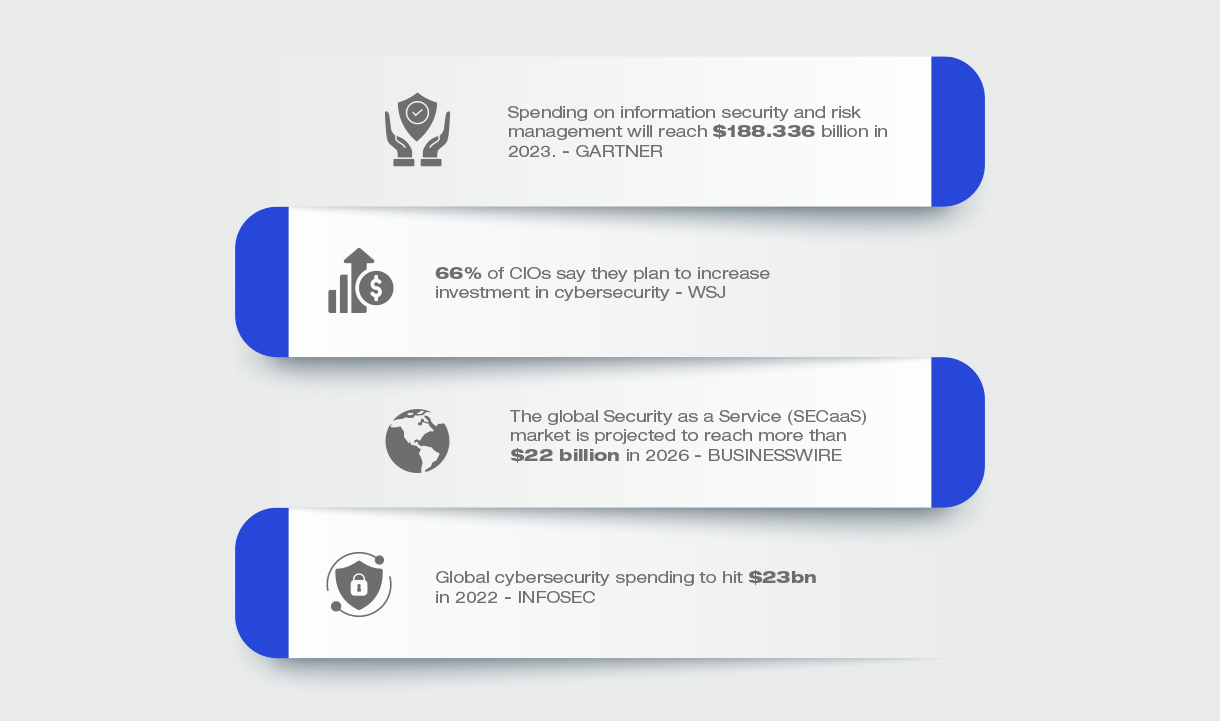Cybersecurity refers to the practice of protecting computer systems, networks, devices, and data from digital attacks, damage, theft, or unauthorized access. It encompasses a wide range of technologies, processes, and practices designed to safeguard our digital assets and maintain the confidentiality, integrity, and availability of information.
You can't defend against what you don't understand
Know your threats before defeating them
What is cybersecurity?
How it works
By combining the following elements, cybersecurity aims to create a layered defence strategy that addresses the different aspects of security, making it more difficult for attackers to breach an organization’s systems and access sensitive information.

Risk assessment
Cybersecurity starts with identifying potential risks and vulnerabilities in an organization’s networks, systems, and applications. This assessment helps determine the critical assets and prioritize security measures accordingly.

Implementation of security controls
Based on the risk assessment, various security controls are put in place to protect the organization’s digital assets. These controls include firewalls, intrusion detection systems (IDS), antivirus software, encryption, multi-factor authentication, and many more.

Regular monitoring and maintenance
Cybersecurity requires continuous monitoring and maintenance to ensure that security measures remain effective. This involves regularly updating software and hardware, patching vulnerabilities, and monitoring network traffic for signs of suspicious activities or potential breaches.

User education and training
Cybersecurity awareness training is crucial for employees and users to recognize potential threats like phishing emails, social engineering attempts, and unsafe browsing habits. This training helps minimize human errors and promotes a security-conscious culture within the organization.

Incident response and recovery
In the event of a security breach, a well-prepared incident response plan is activated to contain and mitigate the damage. This includes identifying the source of the breach, isolating affected systems, removing threats, and restoring operations. After the incident, a thorough analysis is conducted to learn from the event and improve security measures.

Compliance and legal requirements
Organizations must adhere to various cybersecurity regulations and standards, depending on their industry and location. Compliance with these requirements helps ensure that security measures are in place and regularly reviewed.

Collaboration and threat intelligence sharing
Cybersecurity professionals often collaborate and share information about emerging threats, vulnerabilities, and best practices to stay ahead of potential attacks. This collective effort helps improve the overall security posture of organizations and the industry as a whole.
What the statistics say


How can you achieve elite cybersecurity?
A reputed Managed Security Services Provider (MSSP) like Pathway can help your business achieve elite cybersecurity by offering comprehensive risk assessments, advanced security solutions, continuous monitoring and maintenance, etc. while delivering scalable solutions tailored to your organization’s needs. By partnering with a top-notch MSSP, your organization can focus on core operations while maintaining a robust defence against cyber threats.

